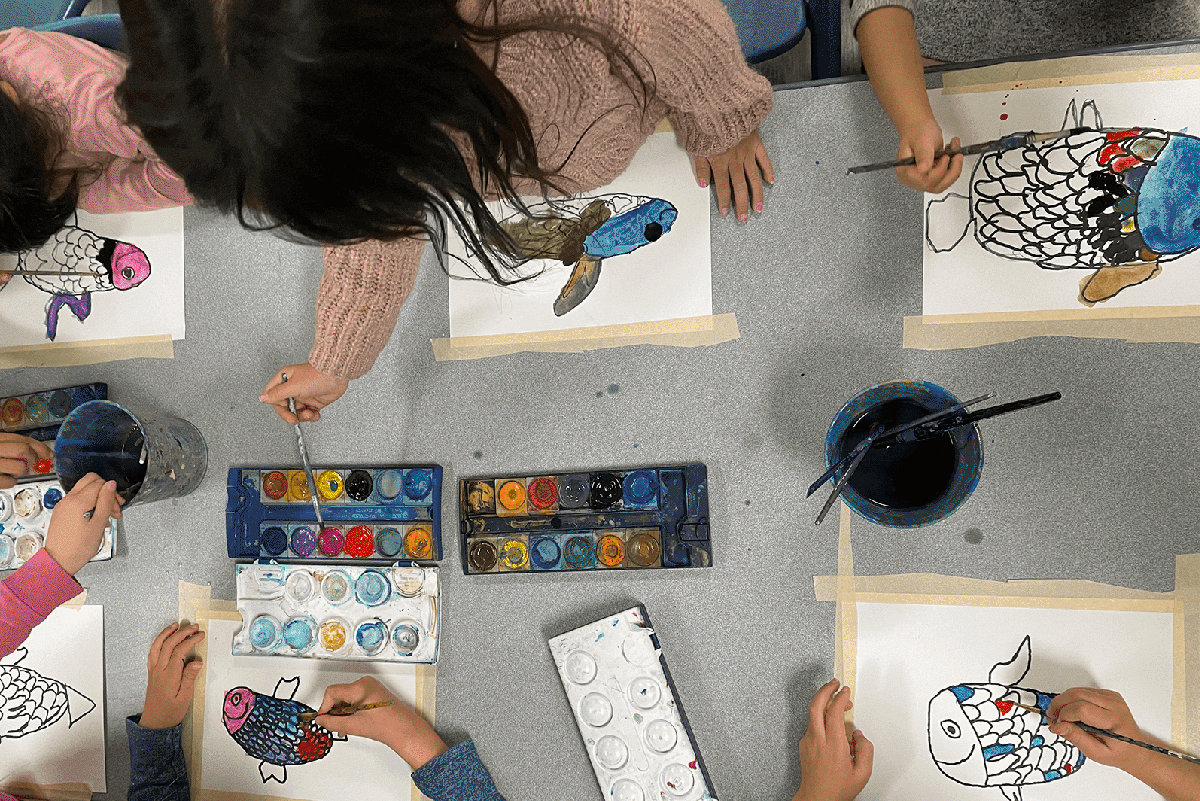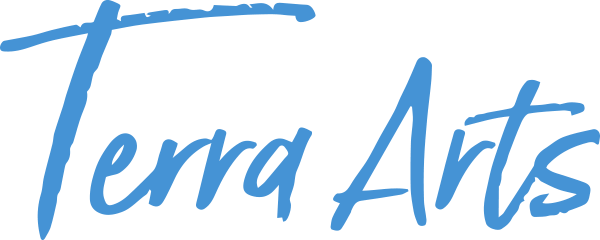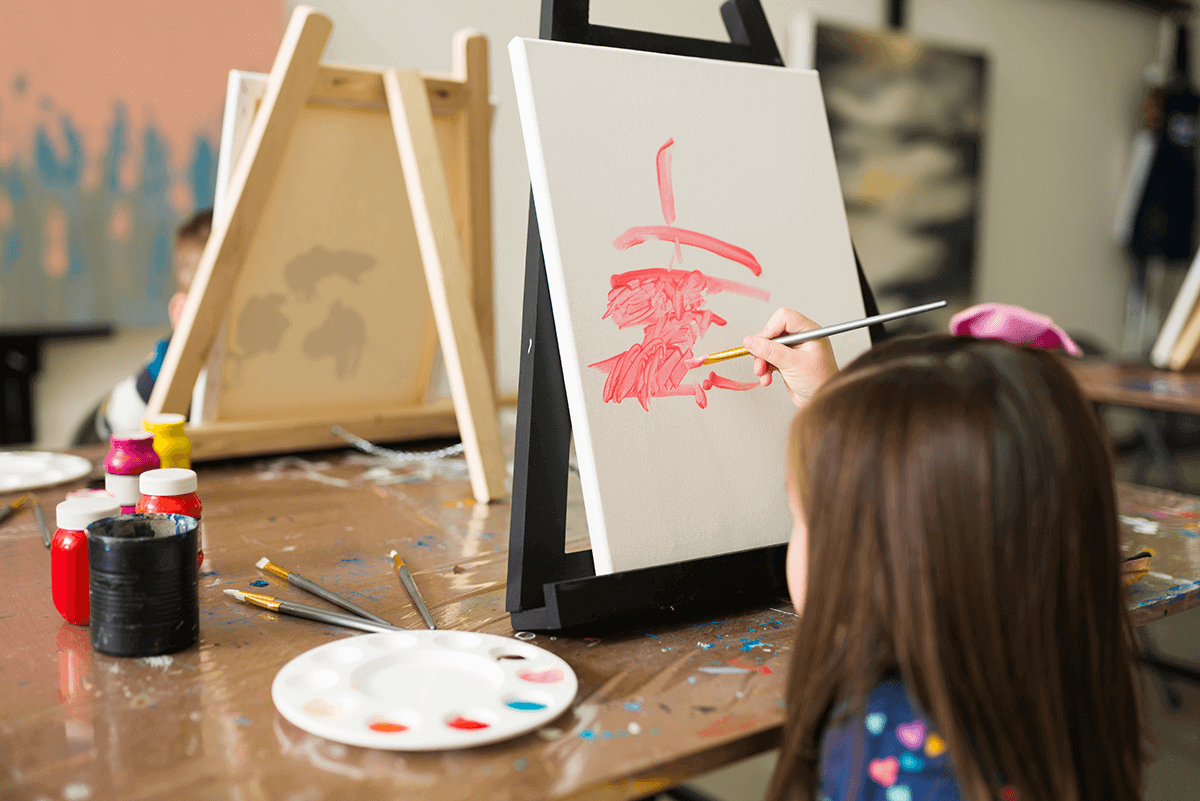“Classes for Creative Homeschool Students”
Foundations Day
Reading and Comprehension
Spelling and Grammar
Writing
Mathematics
Thinker Day
History with Art
Reading and Literature
Geography
Science - Age of Inventions
Fine Arts
Testimonials
Amazing teachers who care about the kids!
Amazing teachers who care about the kids and a great, safe campus! I cannot believe my children get to study under such masters of the arts & sciences. We really, really appreciate all the time and effort that went into not only the curriculum but also making it accessible.

Romy Godding
Masters of the Arts & Sciences
I also want to take the opportunity to let you know how impressed I am with the curriculum this year. We had so much fun studying for today and doing extra credit work. I cannot believe the organization and resources you provide us, parents, and we are going to take advantage of every possible opportunity with Terra Arts this year.



